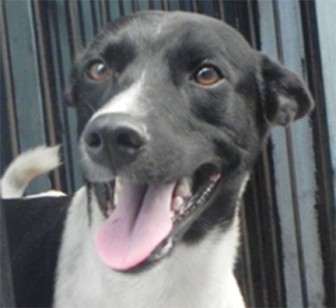Continued
The most important consideration relating to breeding is when to breed. Before reading this week’s TPC, you may wish to refer to some of the other Sunday Stabroek TPC articles, especially those printed on July 8th and 29th, August 5th and 12th.
When to breed
The leading cause of an unsuccessful mating is improper timing (bringing the male and female together). Most dog owners are ‘day’ oriented. They attempt to breed on the 10th to the 14th day of the heat cycle. Recent advances in the understanding of the reproductive cycle of the female dog indicate that ovulation cannot be accurately predicted just by counting the days of the heat cycle. You may miss the early signs of heat, or your dog may show very little evidence of them. Also ovulation (ie, the egg being released from its follicle enclosure into the fallopian tube) may occur several days after the female is in standing heat instead of the first day. Furthermore, when the eggs have been shed, they must mature for 72 hours before they can combine with the sperm. Fortunately, nature provides a safety factor in that sperm cells are able to survive for up to seven days in the female reproductive system.

Nevertheless, many veterinarians recommend that bitches be bred three times: on the 2nd, 4th and 6th day of standing heat, or on the 7th, 9th and 11th day after seeing the first droplets of blood.
I must emphasize that an important indicator is the deportment of the bitch, the way she behaves. If she plays coyly/behaves flirtatiously, if she flags her tail, if she presents her external reproductive parts and stands firm to be mounted – these all are signs that she is ready to be bred.

Other signs are the softening of the vulva and lightening of the discharge colour (less pink). Vaginal smears taken by your veterinarian, or a special test of the cervical secretions, may be helpful in determining the best mating time.
An experienced stud dog will make his own investigations. A knowledgeable one ignores the bitch until the moment is right. In fact, if she is not ready she will avoid the stud’s advances even to the point of being aggressive towards him and causing injury to him. All the more reason to get the timing right.
PS I should mention in passing that since I have been writing articles on breeding problems, several people have been contacting me explaining that they have been cheated by unscrupulous ‘breeders.‘ Please let me make it clear that the thrust of these articles is purely educational and they contain some technical information that is easy to understand. We do not get involved in matters that might be of a litigious mature. But I can advise that just as one would take a mechanic along when one is purchasing a car, so too should one engage the services of a knowledgeable person (a veterinarian, for example) when one goes dog shopping or dog breeding. Already I have advised (see this column of August 5) that it is the responsibility of the parties involved in a canine mating exercise to come to a clear understanding with each other, and work out the terms of the ‘breeding contract.’ This approach would stop any potential ‘misunderstanding’ after the puppies have been born. Anyway, the final word is that we would prefer not to be involved in your negotiations and subsequent problems. We deal in these columns mainly with the animal’s well-being.
Please implement disease preventative measures (vaccinations, routine dewormings, monthly anti-heartworm medication, etc) and adopt-a-pet from the GSPCA’s Animal Clinic and Shelter at Robb Street and Orange Walk, if you have the wherewithal to care well for the animals. Do not stray your unwanted pets, take them to the GSPCA’s Clinic and Shelter instead. If you do not wish your pet to have puppies or kittens, you may exploit the GSPCA’s free spay and neutering programme. If you see anyone being cruel to an animal, or if you need any technical information, please get in touch with the Clinic and Shelter by calling 226-4237.




